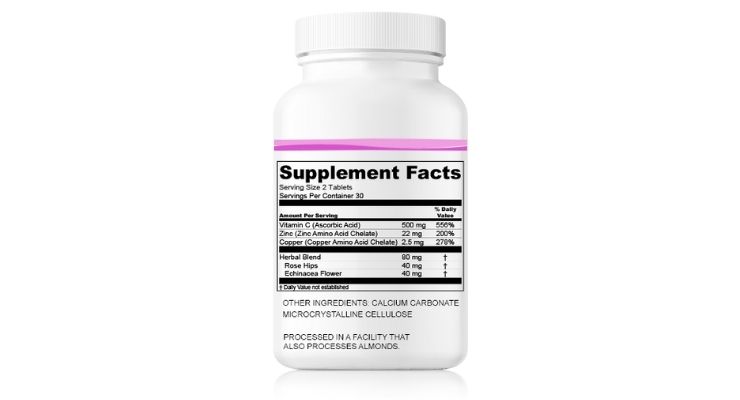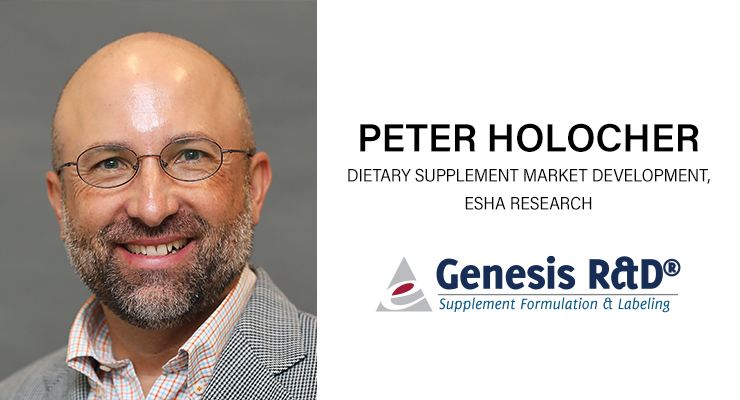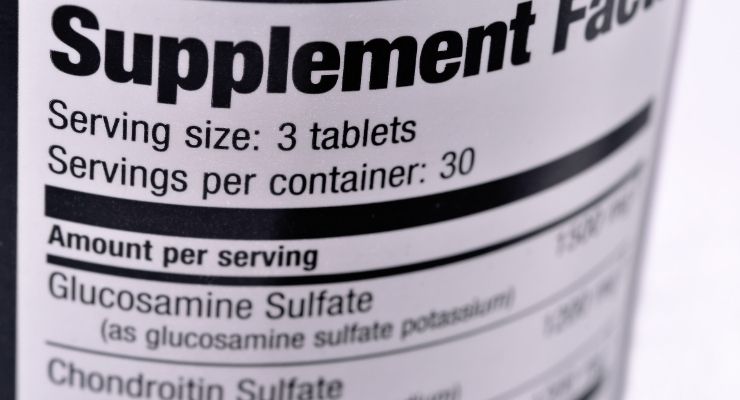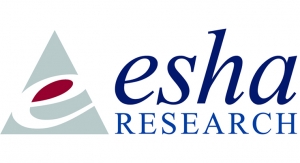Peter Holocher, Dietary Supplement Market Development, ESHA Research: ESHA Research was established in 1981 with the goal of providing a comprehensive nutrition database with few missing values. Soon after, ESHA developed software tools to help industry comply with federal food-labeling regulations. Today, ESHA’s family of nutritional software products, services, and databases are recognized all over the world as the top choice for food and supplement product formulation, nutritional analysis, and regulatory compliant labeling. In 2016, ESHA introduced the Genesis R&D Supplements program, designed specifically to meet the unique challenges of the dietary supplement manufacturing industry.

NW: What major challenges do dietary supplement companies face when it comes to compliance with regulations for labeling and claims?
Holocher: The major challenge I see most companies face is getting a clear understanding of the regulations, and how these impact their business in a tangible way. The U.S. dietary supplement industry is regulated by the FDA through the Dietary Supplement Health and Education Act (DSHEA) of 1994. Good Manufacturing Practices are directed under 21 CFR Part 111. These address the type of labeling and claims that are allowed on products.
Manufacturers must understand the labeling requirements as well as stay on top of regulatory changes that occur. For example, with the FDA’s overhaul of the Nutrition and Supplement Facts labeling rules that were finalized in 2016, we have seen new daily values (DVs) established for components like Choline and Added Sugars, DV increases for some components such as Fat and Fiber, and changes to the units of measure used to report amounts for some nutrients. For example, Vitamins A, D, and E are now reported in mcg, and Folate is now reported in mcg of Dietary Folate Equivalents (DFE).
It's important for manufacturers to balance highlighting the dietary ingredients they want to market and accurately declaring the labeling information required by law.

NW: Can you discuss ESHA’s Genesis R&D Supplement Formulation and Labeling Software program? What benefits does the software offer and how does it streamline the commercialization process?
Holocher: The Genesis R&D Supplement Formulation and Labeling Software is the key product-commercialization tool used by ingredient suppliers, contract and private label manufacturers, direct sellers, brand companies, and retailers. The software allows diverse technical teams such as Research and Development, Regulatory Compliance, and Quality Assurance to work collaboratively on one convenient platform. An entire team’s ingredients, formulas, and labels are easily accessed across the bench-top, pilot plant, and manufacturing phases. The software incorporates significant risk mitigation and includes product development fields such as potency levels, overage, ingredient cost contribution, formula cost, amount per serving, as well as batch weight and cost. The software automatically generates an FDA-compliant label, ingredient statement, and allergen statement based on user entry. Using Genesis R&D Supplements significantly reduces time, cost, and errors associated with the manual creation of formulas and Supplement Facts labels.

NW: What is your sense of FDA’s focus when it comes to ensuring compliance with labeling requirements?
Holocher: The FDA seems to center its focus on consumer safety, and tailors recalls and labeling rules to that principle. Most of the enforcement comes through product recalls. Common topics of product recall include cases of contamination, undeclared ingredients, undeclared allergens, and misleading or non-compliant health claims or structure/function claims (e.g., statements that claim a supplement is intended for use in the cure, mitigation, treatment, or prevention of disease). For example, a supplement may claim to “support immunity,” but may not claim to “boost the immune system against colds and flu.”
To help avoid a product recall, manufacturers should implement software tools that can assist them in building ingredient lists, tracking and declaring allergens, and generating compliant Supplement Facts labels.
Additionally, before making a product claim, manufacturers should study the FDA’s regulations and requirements for qualified health claims, nutrient content claims, and structure function claims.
It’s also important to note that the FDA has expanded its enforcement efforts to encompass advertising and promotion occurring on social media platforms and company websites, not just product packaging.

NW: Allergen statements are an important disclosure. How can companies ensure their labeling is compliant?
Holocher: It’s important for manufacturers to know and understand the regulations, because the bottom line is, they are ultimately responsible for ensuring the label declares any allergen found in a product.
For example, in the United States, The Food Allergen Labeling and Consumer Protection Act of 2004 (FALCPA) mandates that products must declare, in plain language, the presence of any major food allergens on the product packaging.
The list, historically referred to as the “Big 8” Allergens, was expanded on April 23, 2021, when the Food Allergy Safety, Treatment, Education, and Research (FASTER) Act was signed into law, declaring Sesame as the 9th major food allergen recognized by the United States.
The law defines a major food allergen to mean any one of the following nine foods or food groups (or an ingredient that contains their proteins): Milk, Egg, Fish, Crustacean shellfish, Tree nuts, Wheat, Peanuts, Soybeans, and Sesame.
The addition of sesame to the major allergen list will go into effect January 1, 2023. However, manufacturers should strongly consider declaring all sources of sesame in the ingredient list prior to the effective date to help consumers avoid foods that could cause an allergic reaction.
Manufacturers must be diligent and consistent in tracing, tracking, and reporting allergens present in their products to ensure consumer safety and avoid a costly product recall.
As a best practice, manufacturers should implement an allergen control management plan and as part of that plan:
- Set a regular cadence for collecting comprehensive and accurate allergen information from ingredient suppliers;
- Perform risk analysis of raw materials, ingredients, and processing aids that could contain allergens;
- Assess processing facilities for allergens and potential areas of cross-contamination; and
- Invest in software tools that offer features for tracking and reporting allergens in ingredients and formulations.
Request a demo today.













